Apollo 11 (Edition unread package insert)
Installation, 2019
We are in the anniversary year of the Apollo 11 mission. Since the first moon landing, the Earth will have orbited the Sun 50 times on July 20, 2019. During this first moon mission the Apollo 11 computer was instrumental in enabling the astronauts to land on the moon.
Today, 50 years later, more than ever, the computer is used to generate new concepts and to advance into new spheres. In this project, the components of the commercially available model of Apollo 11 (Columbia + Eagle) were entered into a computer. The design of the project was to use the computer to create something that would otherwise not be possible. The computer used a machine learning algorithm to create five different ways to assemble the model. These five models were all assembled far away from the instructions and thus show an advance into new dimensions untouched by human hands.
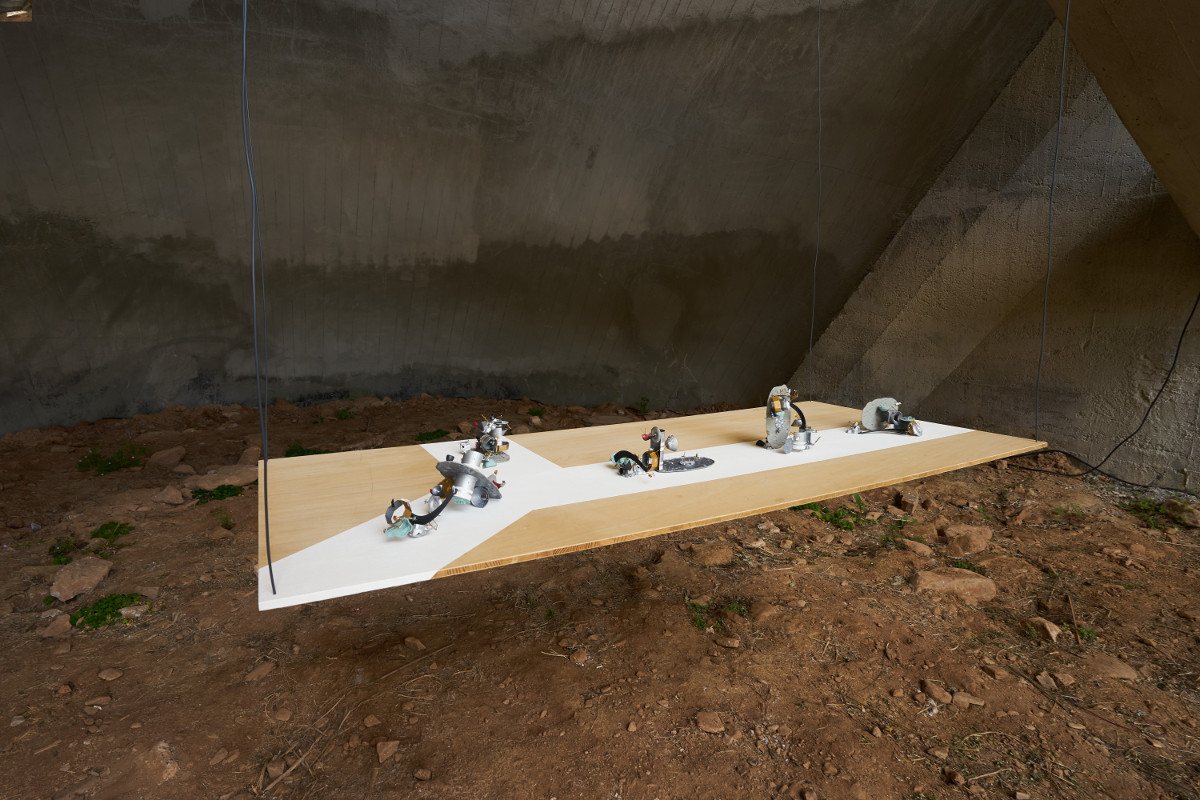
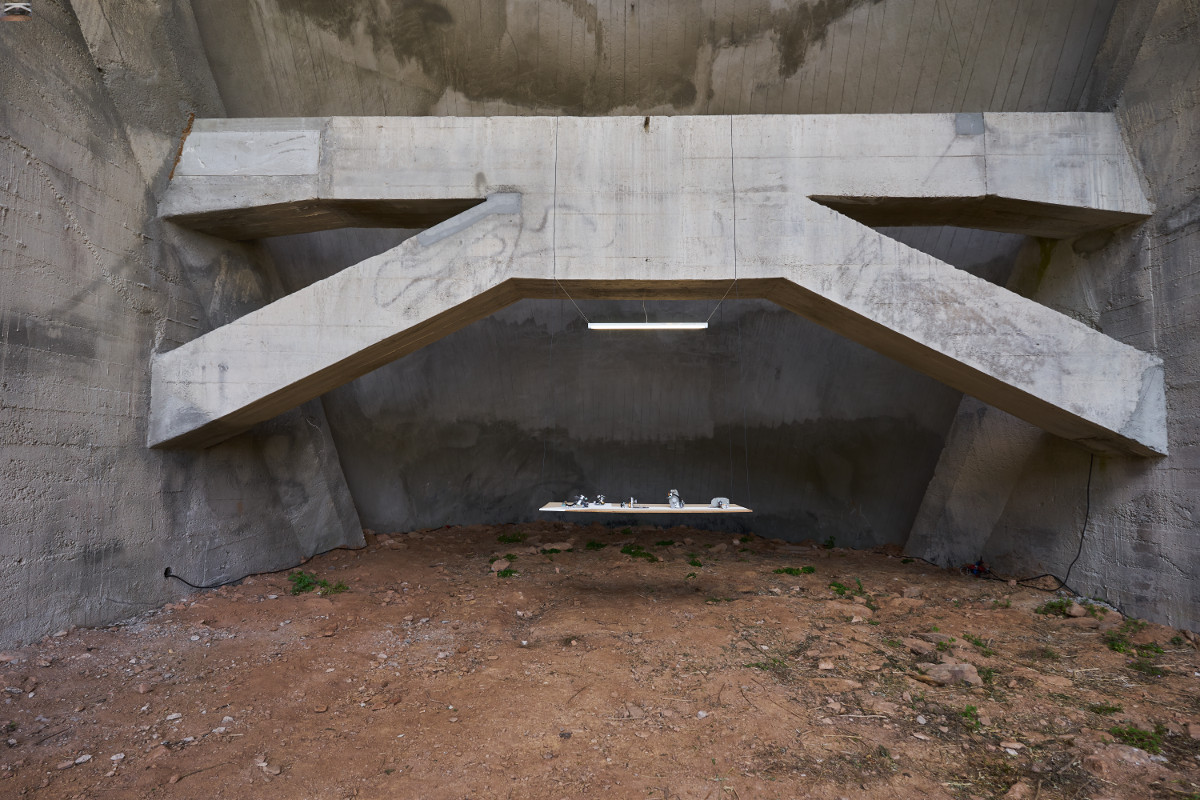
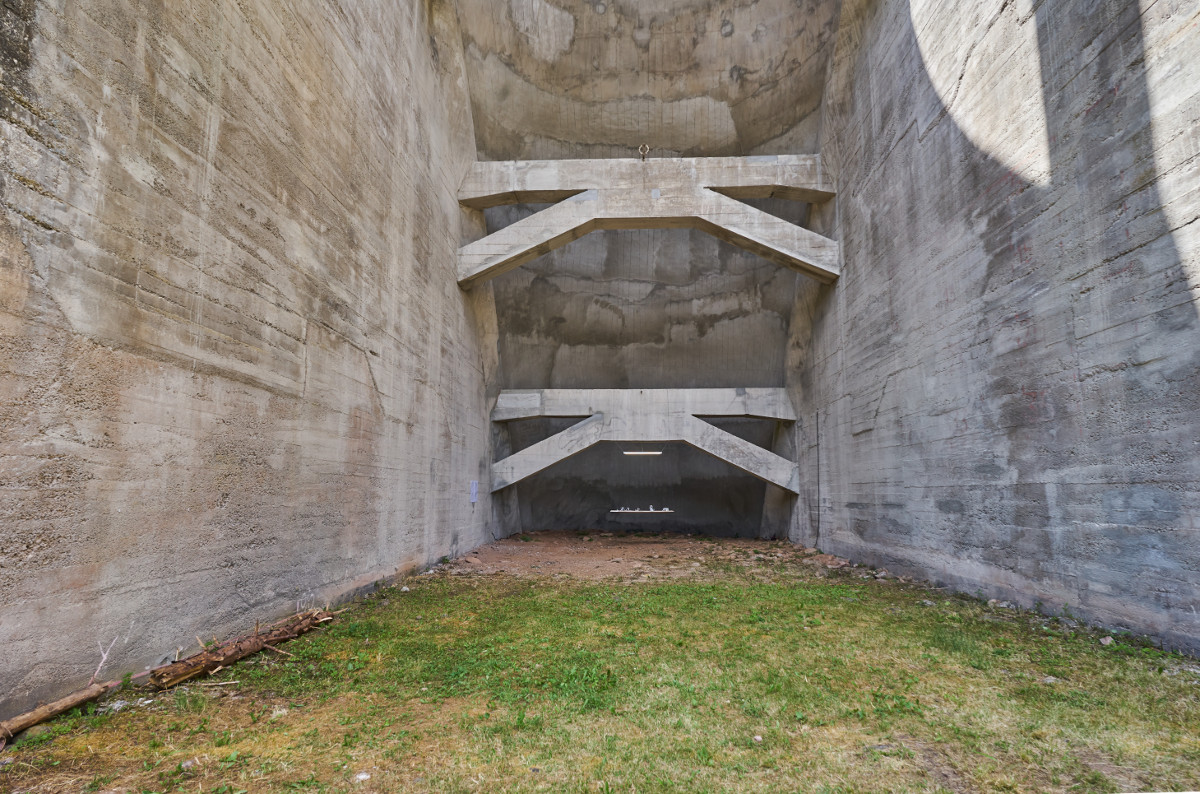

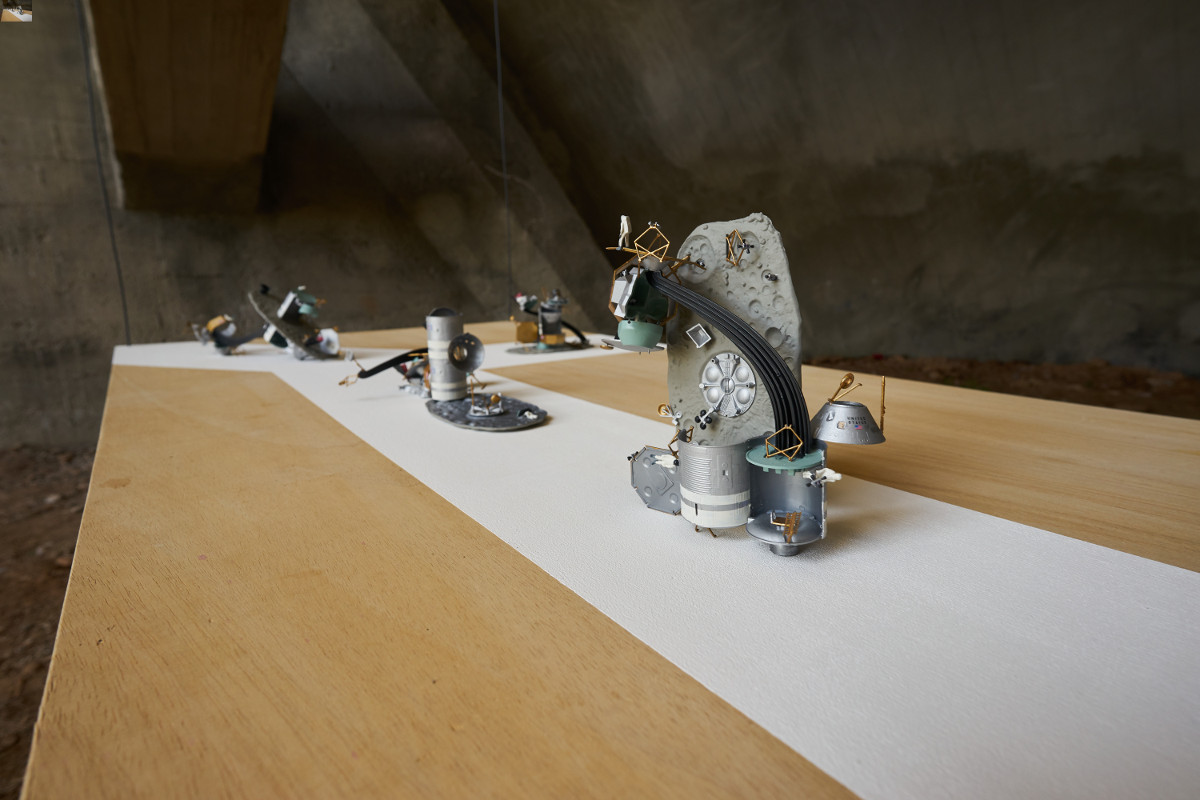
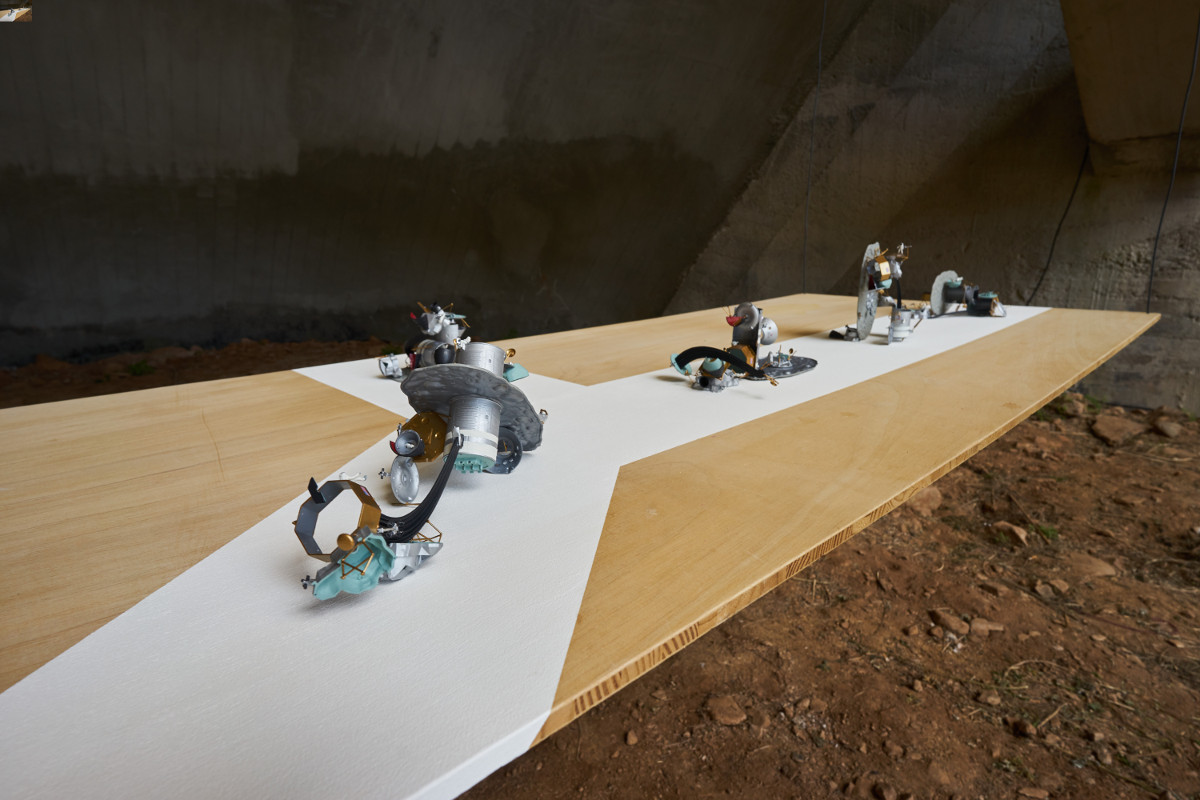

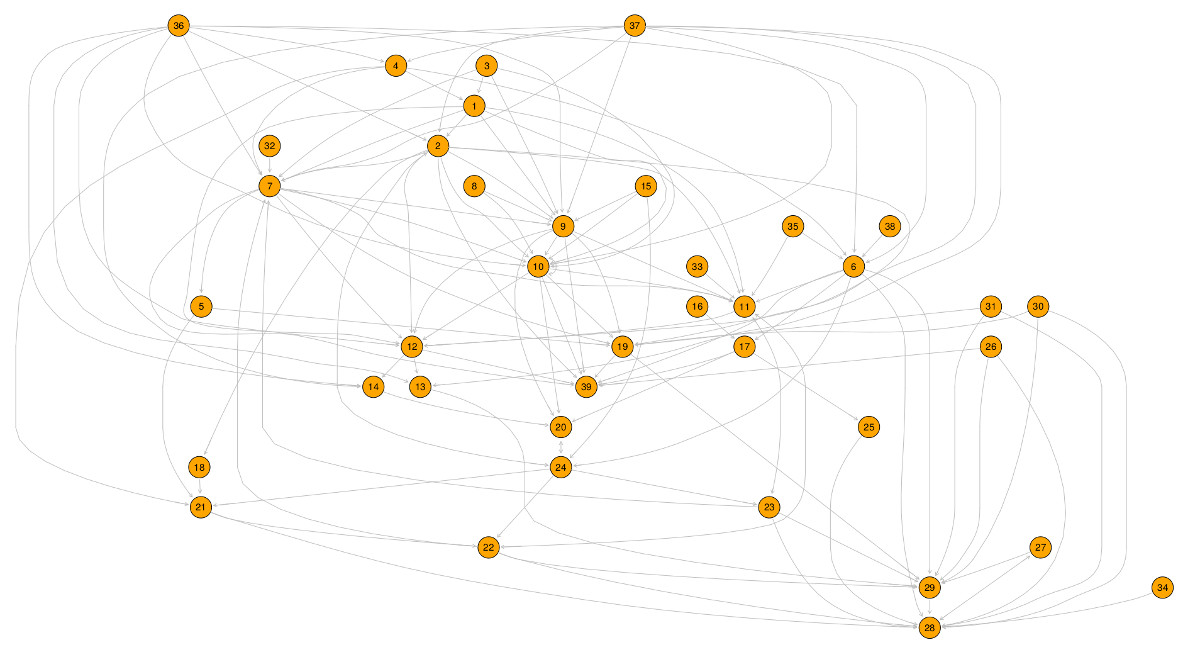
[Present at]
Reservoir Festival "50 years landing on the moon", Linachtalsperre, Vöhrenbach, Germany 2019.
[Technology]
Plastic model, Enamel colour, Computer algorithm | var. dimensions
